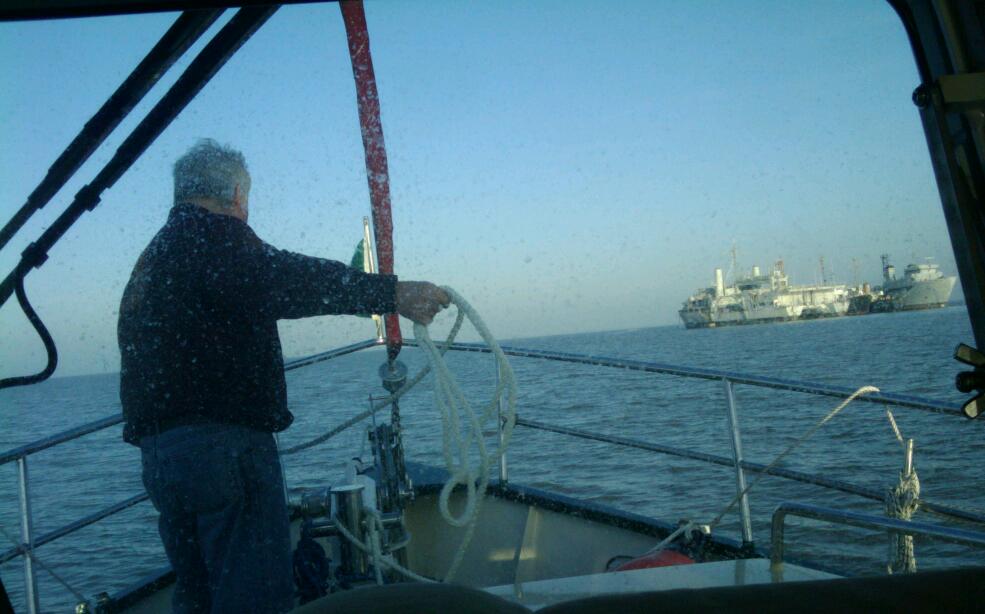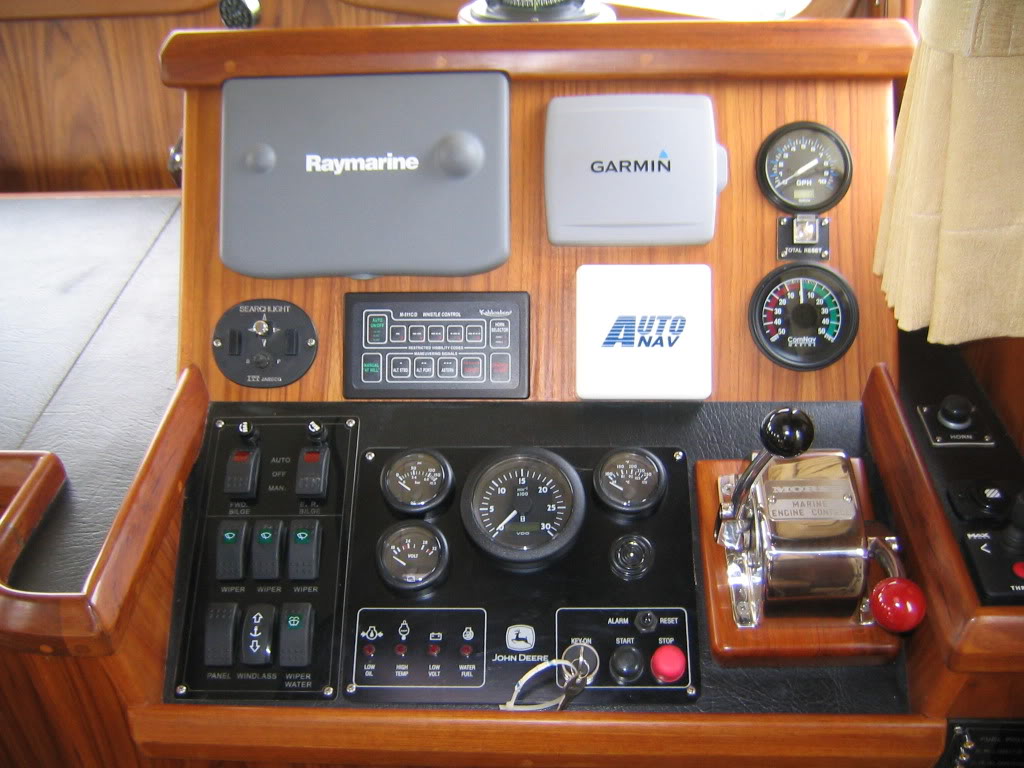skipperdude
Guru
The book is divided into sections. It is set up so that the answer is given as a teaching method with site and page for the definition. There is rules of the road, Deck general, Navigation and so forth. I don't have it with me now but on Monday.
I will find the question and pose it to the board.
Thanks.
Perhaps we can all get our captains license. Or at the very least know what to expect on a test.
SD
I will find the question and pose it to the board.
Thanks.
Perhaps we can all get our captains license. Or at the very least know what to expect on a test.
SD



